When you’re on the road in your RV, a malfunctioning air conditioner can quickly turn a fun adventure into an uncomfortable experience. Fortunately, many RV air conditioner problems are issues you can resolve yourself, provided you have the proper tools and knowledge. To help you make sure you can tackle any issue that comes your way, this guide will walk you through the ins and outs of repairing your RV air conditioner, from essential safety tips to tackling common problems with confidence.
Safety First
Before jumping into any kind of repair, safety should be your top concern. First, you should focus on electrical concerns. Before starting any repairs, you’ll want to ensure the power to your RV’s air conditioner is completely turned off. This typically means shutting down the unit itself, disconnecting the RV from external power sources, and double-checking with a multimeter to confirm there’s no electrical current running through the cords.
Even with the power off, you’ll still want to avoid working on these electrical systems in damp or wet conditions. Not only does that make things more dangerous for you, but it could also cause your unit to short-circuit when you turn everything back on. Be sure to choose a dry, stable environment to minimize risks.
It’s also worth noting that refrigerants can be hazardous if mishandled. You should avoid handling it yourself at all costs. If this is the source of your problems, you should look into hiring a professional repair service or find a safe way to dispose of your AC unit before buying a new one.
Tools and Materials
Before beginning any repairs, it’s essential to have the right tools and materials on hand. Here’s a look at some basic essentials you’ll need for most RV air conditioner repairs.
Essential Tools
- Screwdrivers for opening the AC unit’s casing and accessing internal components.
- Wrenches or socket sets are useful for loosening and tightening seals or bolts.
- A Multimeteris essential for testing electrical connections and pinpointing faults.
- A Flashlight or headlampcan be helpful to illuminate hard-to-see areas inside the unit.
- Cleaning supplies like mild detergent and soft brushes can be used for cleaning filters and coils.
Common Replacement Parts
Some repairs require replacing pieces that are no longer functioning correctly. Having the right replacement RV air conditioner parts on hand ahead of time saves time during the repair process.
- Air Filters: These clog over time and need regular replacements or cleaning.
- Capacitors: A common culprit when your air conditioner won’t start.
- Thermostats: These are helpful to have if the issue relates to temperature regulation.
Preparation Tips
Before getting started, consult your air conditioner’s user manual. It often lists the specific tools, parts, and guidance needed for your model. Having this information available ensures you won’t get caught off guard while repairing your AC unit.

Common Issues and Fixes
Now, it’s time to get to the main focus of our guide: how to repair your malfunctioning RV AC unit. By identifying the problem and following these actionable steps, you can tackle many RV air conditioner issues safely and effectively. Here are the most common problems and how to resolve them.
1. Dirty or Clogged Filters
Symptoms
You may notice weak airflow, reduced cooling efficiency, or strange odors coming from your unit.
How To Fix It
- Turn off the air conditioner and open the access panel that houses the filters.
- Remove the filters and inspect them for dirt and blockage.
- If the filter is reusable, wash it with mild detergent and allow it to dry completely before reinstalling. If it’s disposable, replace it with a new one.
- Reinstall the filters, close the panel, and test the system.
Regularly cleaning or replacing filters can prevent more serious issues from developing.
2. Loose Connections
Symptoms
Your air conditioner may exhibit intermittent power issues, fail to start, or stop working entirely.
How To Fix It
- Open the unit’s control panel using a screwdriver and locate the electrical connections.
- Check for any loose wires, terminals, or screws.
- Tighten loose connections carefully using insulated tools to avoid accidental shocks.
- Use your multimeter to ensure the connections are delivering the proper voltage.
Loose connections are often simple, quick fixes that restore your AC to its expected functionality.
3. Frozen Coils
Symptoms
The AC unit may stop cooling effectively, and you may notice ice buildup on the coils.
How To Fix It
- Turn off the air conditioner and allow the coils to fully defrost. This can take a few hours.
- Check for restricted airflow, which often causes frozen coils. Start by cleaning or replacing dirty filters and inspecting the vents for obstructions.
- For persistent freezing issues, low refrigerant levels could be the culprit. This requires professional attention.
Addressing frozen coils promptly is crucial as it will help prevent more extensive damage to the system.
4. Faulty Capacitor Replacement
Symptoms
The AC unit may hum when you try to turn it on, but it fails to start.
How To Fix It
- Switch off all power to the unit and access the capacitor (refer to your manual for its location).
- Use an insulated screwdriver to discharge the capacitor safely and avoid any chance of electrical shock.
- Check for signs of damage, such as bulging or corrosion.
- Replace the faulty capacitor with a matching model and secure it properly in place.
Faulty capacitors are one of the most common causes of RV AC malfunctions. Luckily, you’ll be able to resolve it in a matter of minutes with the right parts and tools.

5. Refrigerant Leaks
Symptoms
Your air conditioner might struggle to cool the RV effectively, and you may hear hissing or bubbling noises.
How To Fix It
- While diagnosing low refrigerant levels or leaks yourself is possible, repairing them is not recommended without proper training and equipment.
- Contact a licensed technician to identify the source of the leak, recharge the refrigerant, and recommend any additional repairs.
Although it requires professional help, knowing the signs of refrigerant leaks can help you explain the issue to the technician and speed up the repair process.
6. Compressor Problems
Symptoms
The air conditioner runs but does not cool your RV, and the compressor may overheat and shut off.
How To Fix It
- Test the compressor with a multimeter to ensure it’s receiving power.
- If the compressor is damaged or failing, a professional evaluation is often required.
- Depending on the severity, the compressor may need repairs or a full replacement.
The compressor is a critical component of the AC unit, and dealing with it often requires advanced knowledge.
7. Thermostat Malfunctions
Symptoms
Your RV air conditioner may not turn on, or cooling may be inconsistent.
How To Fix It
- Check the thermostat’s battery and replace it if it’s dead. If it’s wired, inspect the integrity of the connection and fix it if needed.
- Confirm the temperature settings and ensure they are correct.
- If issues persist, replace the thermostat with a new compatible model.
Thermostat problems are often straightforward to diagnose and resolve, getting your system up and running again quickly.


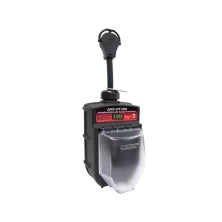
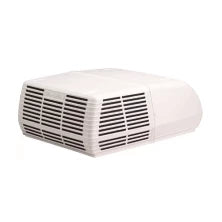
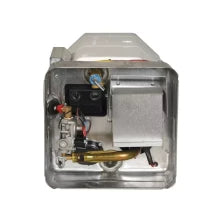
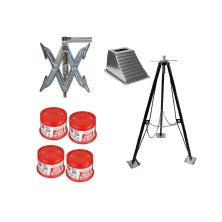
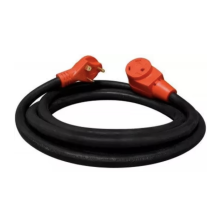
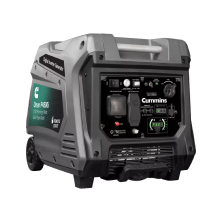
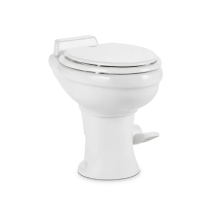
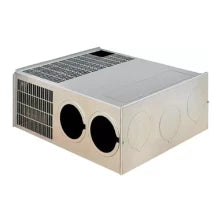
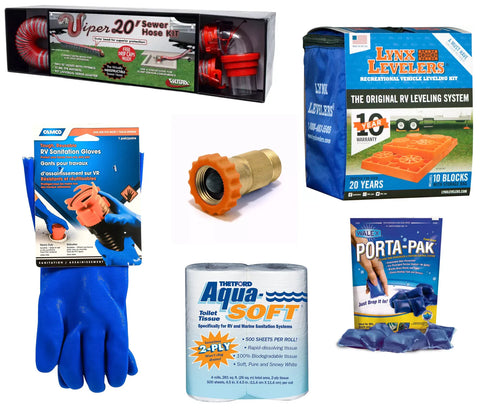

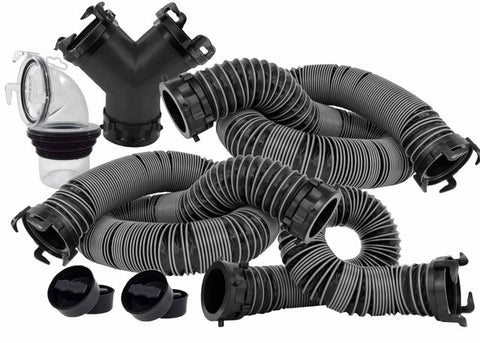

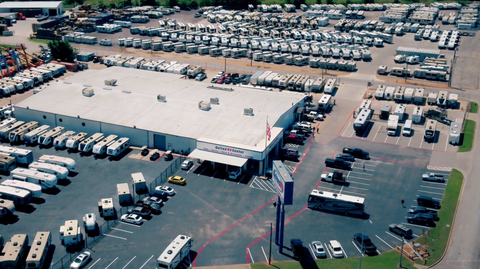
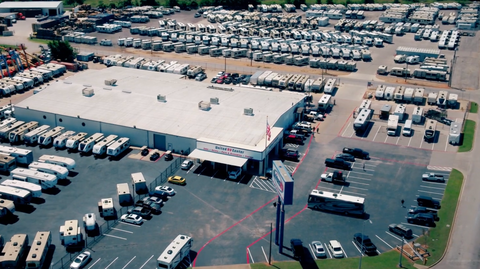
Comments (0)
There are no comments for this article. Be the first one to leave a message!